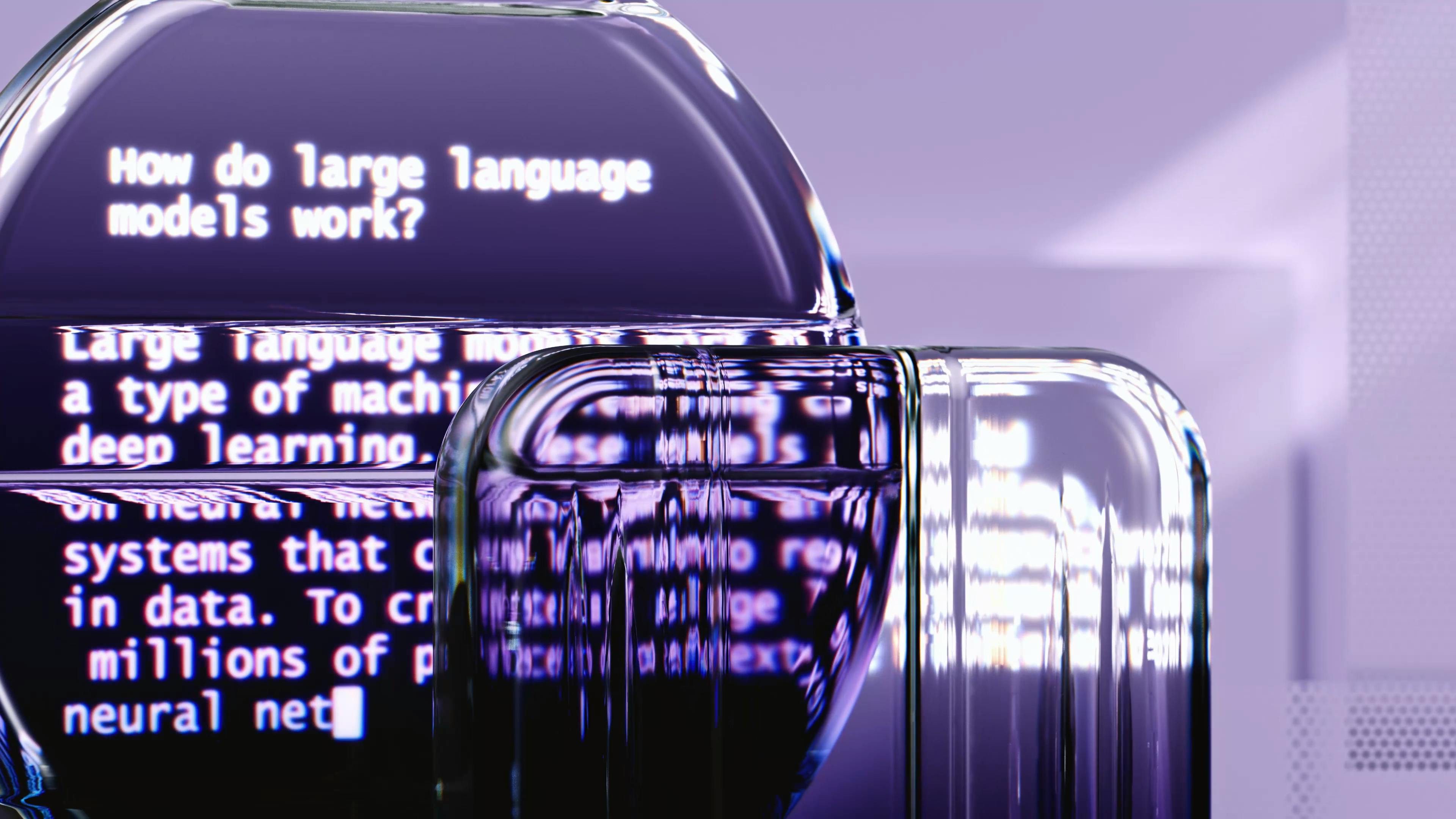WildGS-SLAM: Enhanced Monocular SLAM for Dynamic Environments

Top post
Monocular SLAM Systems for Dynamic Environments: WildGS-SLAM in Focus
Simultaneous Localization and Mapping (SLAM) systems play a crucial role in robotics and computer vision. They enable a robot or other autonomous unit to navigate in an unknown environment while simultaneously creating a map of that environment. Traditional SLAM systems often assume static scenes, which limits their performance in dynamic environments with moving objects. New research, such as that presented in the paper "WildGS-SLAM: Monocular Gaussian Splatting SLAM in Dynamic Environments," addresses this challenge with innovative approaches.
WildGS-SLAM is a monocular RGB-SLAM system specifically designed for dynamic environments. It utilizes the "Gaussian Splatting" method, an efficient technique for 3D reconstruction. Unlike traditional methods, which often treat depth information deterministically, WildGS-SLAM integrates uncertainty information into the process. This allows for a more robust estimation of the scene and reduces the influence of moving objects on mapping and localization.
A core component of WildGS-SLAM is the use of an uncertainty map. This map is predicted by a neural network, trained with DINOv2 features, and provides information about the reliability of the estimated depth for each pixel. This uncertainty information is then used in both the tracking and mapping processes to identify dynamic objects and minimize their influence. Specifically, the uncertainty map is used to filter out dynamic points during dense bundle adjustment and optimization of the Gaussian map. This leads to a more accurate reconstruction of the static environment and reduces artifacts caused by moving objects.
The authors of the paper evaluate WildGS-SLAM on various datasets and compare the results with other state-of-the-art methods. The results show that WildGS-SLAM achieves superior performance in dynamic environments. Particularly noteworthy is the system's ability to synthesize artifact-free views of the scene, which is of great importance for applications such as augmented reality and virtual environments.
The integration of uncertainty information into SLAM systems is a promising approach to improving robustness and accuracy in dynamic environments. WildGS-SLAM demonstrates the potential of this approach and provides an important contribution to the advancement of SLAM technologies. The ability to effectively handle dynamic objects opens up new possibilities for the use of SLAM in real-world applications, such as autonomous navigation in complex and changing environments.
For Mindverse, a German company specializing in AI-powered content creation, image generation, and research, these developments in the field of SLAM are of particular interest. Mindverse develops customized AI solutions, including chatbots, voicebots, AI search engines, and knowledge systems. The advancements in SLAM technology, as demonstrated by WildGS-SLAM, could contribute to expanding the capabilities of these systems and opening up new application areas.
Bibliography: - Zheng, J., Zhu, Z., Bieri, V., Pollefeys, M., Peng, S., & Armeni, I. WildGS-SLAM: Monocular Gaussian Splatting SLAM in Dynamic Environments. arXiv preprint arXiv:2504.03886 (2025). - GradientSpaces/WildGS-SLAM. GitHub repository. - Gaussian Splatting SLAM. ResearchGate. - DGS-SLAM: Gaussian Splatting SLAM in Dynamic Environment. ResearchGate. - Remote Rendering Using Gaussian Splatting. MDPI. - Diverse Social Media Posts by Janusch Patas on X (formerly Twitter) regarding Gaussian Splatting and related topics. - 3D-Vision-World/awesome-NeRF-and-3DGS-SLAM. GitHub repository. ```.png)


